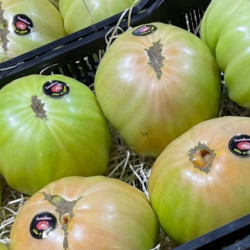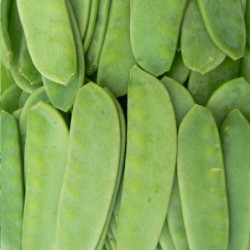Korean oyster mushroom, also known as Phellinus linteus, is an edible fungus native to Asia that has been used for centuries in traditional Asian medicine for its purported health benefits.
Appearance of Korean oyster mushroom
Korean oyster mushroom is a fungus with a diameter ranging from 5 to 25 cm and a height of up to 10 cm. It has a circular or semicircular shape and its upper surface is dark brown, with a rough and grooved texture. Below, it has white or creamy pores.
Composition and nutrients
Korean oyster mushroom is rich in polysaccharides, phenolic compounds, flavonoids, and terpenoids. It also contains a large amount of antioxidants, such as ergothioneine and glutathione, which may help protect against cell damage and aging. Nutrients: this mushroom is rich in fiber, proteins, vitamins, and minerals. It contains B vitamins, vitamin D, and minerals such as iron, calcium, and selenium.
Origin and history
It is native to Asia, especially China, Korea, and Japan. It is mainly cultivated in these countries and has been used for centuries in the traditional medicine of the region. Current cultivation areas: in addition to Asia, Korean oyster mushroom is cultivated in some regions of Europe and North America. History: Korean oyster mushroom has been used for centuries in traditional Asian medicine for its purported health benefits.
Properties of Korean oyster mushroom
It has been used to treat a wide variety of diseases, including cancer, diabetes, hypertension, and cardiovascular diseases. Culinary uses: Korean oyster mushroom is used in Asian cuisine as an ingredient in soups, stews, and rice dishes. It can also be consumed in the form of a dietary supplement in capsules or extracts. Therapeutic properties: Korean oyster mushroom has been attributed with a number of health benefits, including anticancer, antidiabetic, anti-inflammatory, and antioxidant properties. However, more research is needed to confirm these effects.
Typical dish par excellence
There is no specific typical dish with Korean oyster mushroom, as it is used as an ingredient in many Asian cuisine dishes.
Trivia of Korean oyster mushroom
It has been used for centuries in traditional Asian medicine and has gained popularity worldwide due to its purported health benefits. However, more research is needed to confirm these effects and determine the appropriate dosage and consumption time. Additionally, some studies have shown that Korean oyster mushroom may interact with certain medications, so caution is advised in people taking medications regularly.























